Artificial intelligence (AI) has rapidly become a cornerstone of modern recruitment, promising faster, more efficient, and seemingly objective hiring processes. However, as organizations rush to integrate AI-powered tools into their talent acquisition strategies, many overlook a critical question: Is AI truly eliminating bias, or is it just automating it at scale?
From resume screening to video interview analysis, AI tools transform companies’ identification and evaluation of candidates. Proponents argue that AI-driven hiring solutions help recruiters analyze vast amounts of data, identify patterns, and reduce human bias in decision-making – all while automating repetitive tasks and enhancing the overall candidate experience.
Major corporations, including IBM, JPMorgan Chase, and PepsiCo, have implemented AI recruitment tools to streamline their hiring processes. These systems assess candidates based on pre-determined criteria, match skills with job descriptions, and even analyze facial expressions and speech patterns to predict job performance.
While AI presents a groundbreaking opportunity, the technology is not immune to the biases ingrained in historical hiring data. If an AI system is trained on biased data—favoring candidates of a certain gender, race, or background—it has the potential to perpetuate and amplify those biases.
For example, facial recognition and voice analysis tools have been criticized for being inaccurate when evaluating candidates from underrepresented audiences. A 2023 study by the National Bureau of Economic Research found that AI-driven resume screening systems often disadvantage candidates with non-Western names or employment gaps due to caregiving responsibilities.
Additionally, black-box AI models with opaque decision-making processes make it difficult for HR professionals to understand why certain candidates are selected or rejected, posing legal and ethical risks.
To ensure AI contributes to equitable hiring practices, companies must take proactive measures:
- Prioritize transparency and explainability. Employers should demand AI tools that offer clear insights into their decision-making processes. Explainable AI (XAI) models allow HR teams to audit hiring recommendations and make necessary adjustments.
- Regularly audit AI systems for bias. Organizations should conduct periodic audits of AI-driven hiring tools, using diverse datasets to test for inequalities in candidate selection rates.
- Invest in bias-free training data. Companies must work with vendors to ensure that AI models are trained on diverse, representative datasets that minimize discriminatory patterns and promote equal employment opportunities based on qualifications.
- Retain human oversight. AI should complement, not replace, human recruiters. A hybrid model, where AI assists, but final hiring decisions involve human judgment, helps prevent discriminatory outcomes.
AI has the potential to revolutionize hiring by broadening access to opportunities and reducing unconscious human bias. However, without careful oversight, it could exacerbate inequities in the workforce.
HR leaders and policymakers must collaborate to set ethical standards for use of AI in recruitment, while also monitoring the legal landscape to mitigate risks associated with its use as the legislation has continued to play catch-up with adoption and use. Striking a balance between technological efficiency and human discernment will be key to ensuring that AI is an enabler of organic workplace equality rather than a barrier.
As organizations embrace AI in hiring, the conversation should shift from “How can AI make hiring faster?” to “How can AI make hiring fairer?” Only then will we see true progress in building a workforce rooted in equal access in the digital age.

Hal Cooper
Vice President of Product Development, DirectEmployers Association
Hal Cooper is the Vice President of Product Development at DirectEmployers Association. As one of the original employees of the Association, Hal leads a team of 13 skilled developers who work to design and innovate DirectEmployers back-end technology for both its unparalleled OFCCP Compliance and Recruitment Marketing Solutions. In addition to leading the product development team, Hal is also responsible for facilitating all technical aspects of DirectEmployers, which includes: assessing the needs, architecting, developing and implementing new features within the Association’s service offering.
